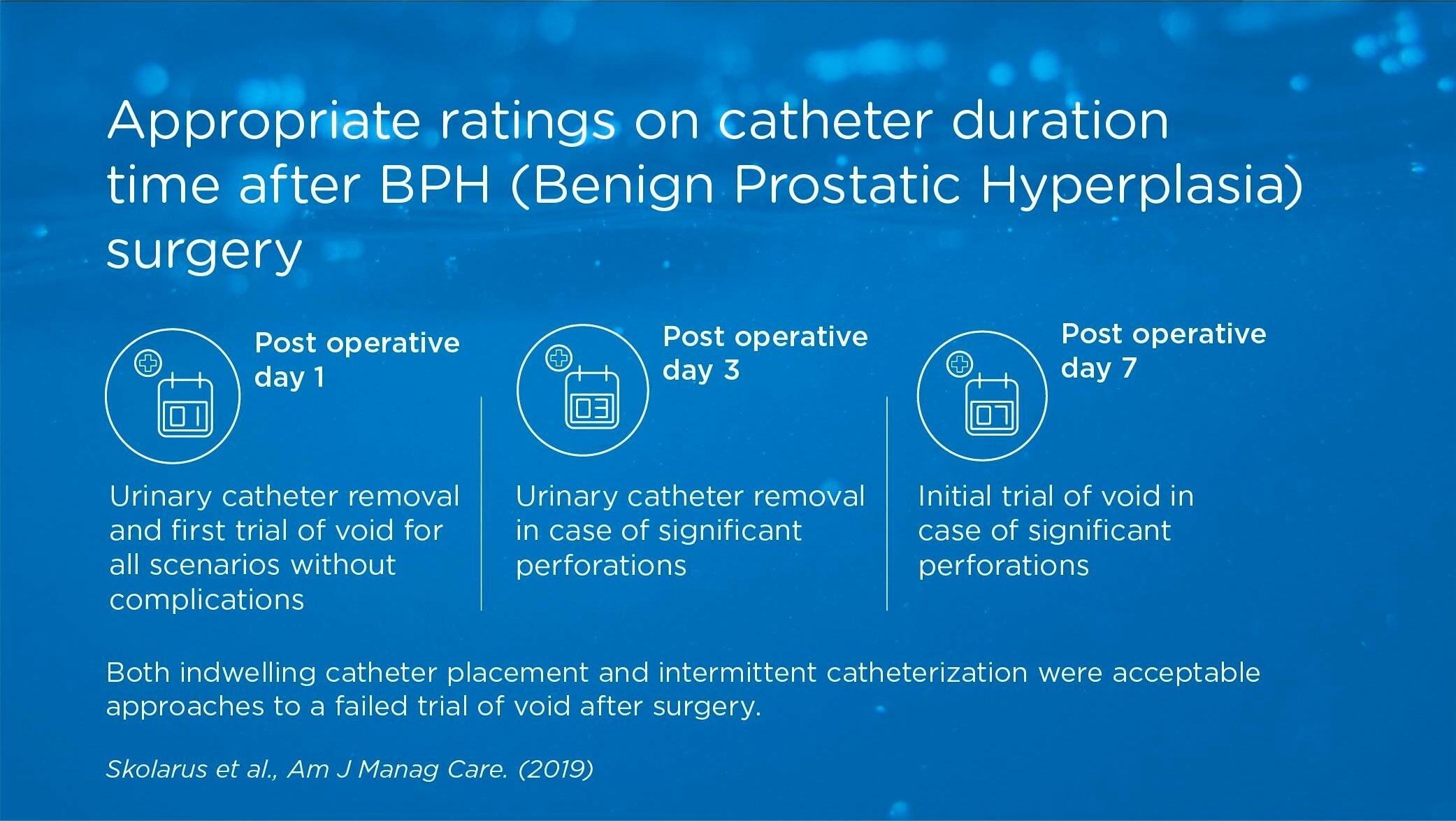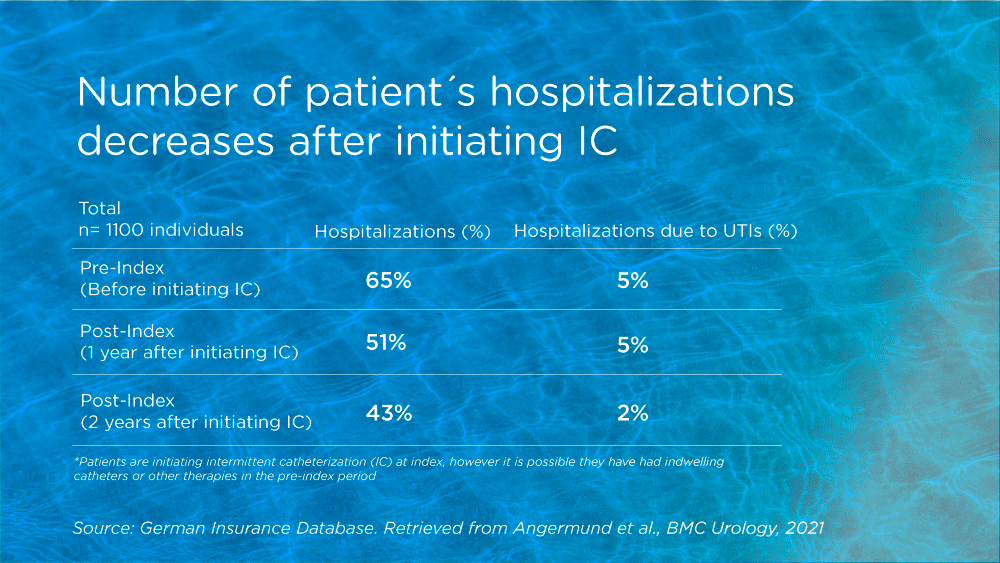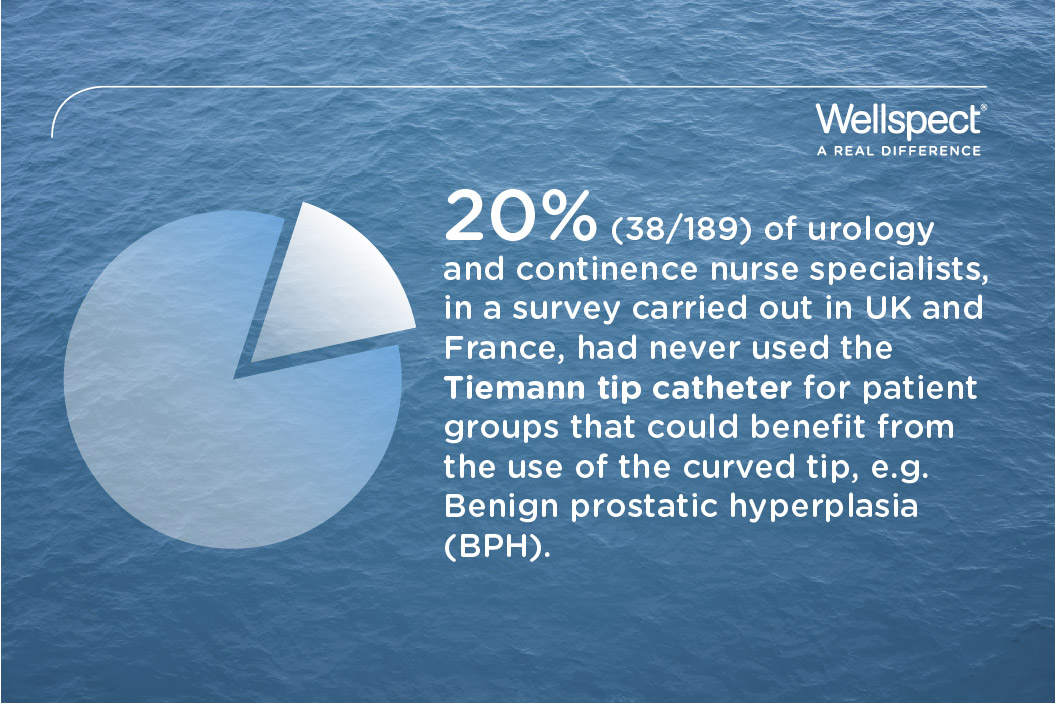Although urethral catheter placement is routine after surgical procedures of benign prostatic hyperplasia (BPH), no guidelines inform duration of catheter use.
Results from ratings provided by a multidisciplinary panel offer guidance in decreasing practice variation thereby reducing postoperative risks and improving the consistency and quality of care for patients undergoing surgery.
Topics: Lower Urinary Tract Symptoms (LUTS), Benign Prostate Hyperplasia
Studies on intermittent catheterization (IC) with larger samples sizes are rare and this study provides real-world evidence on IC use, which may be used to derive recommendations for improvement of care. This is among the first publications of a 3-year observation period including time before and after initial IC.
Read MoreTopics: Urinary Tract Infection (UTI), Bladder management, Health Economy, Intermittent Catheterization
Storage and voiding symptoms often coexist, affecting up to 59% of individuals with MS. These clinical manifestations impact quality of life and are often associated with depressive symptoms, loss of work productivity, poor sleep quality and, in general, a deterioration in overall health. Problems related to micturition impede many people with MS from fully participating with family, friends and the community.
Read MoreTopics: Neurogenic bladder, Lower Urinary Tract Symptoms (LUTS), Bladder dysfunction, Multiple Sklerose (MS)
Information about the urinary microbiota is likely to modify the diagnosis, prevention and treatment of urinary disorders. This review highlights the role of urinary microbiota in development of several lower urinary tract (LUT) functional disorders.
Read MoreTopics: Bladder management, Bladder dysfunction, Lower Urinary Tract Symptoms
Many health care professionals are unaware of the benefits and necessity of the Tiemann tip catheter
The use of Tiemann tips for intermittent catheterization could benefit many patients with complex catheterization needs and with the right education, health care professionals can enhance patient care and reduce the strain on health care resources by avoiding further complications.
Topics: Men's Health, LUTS, BPH








